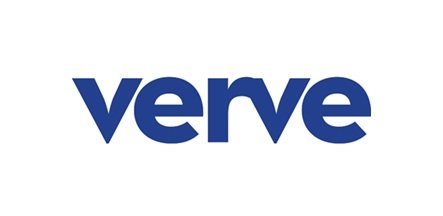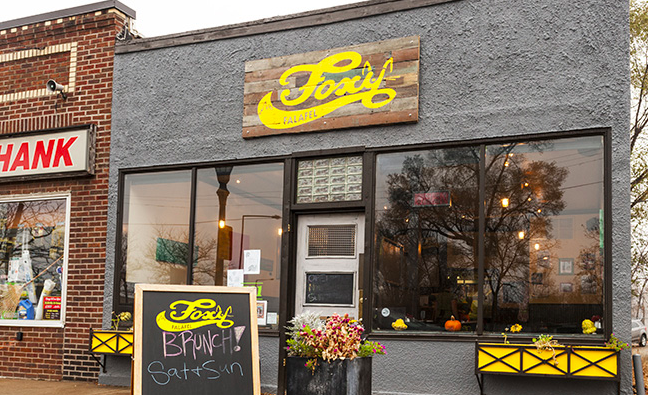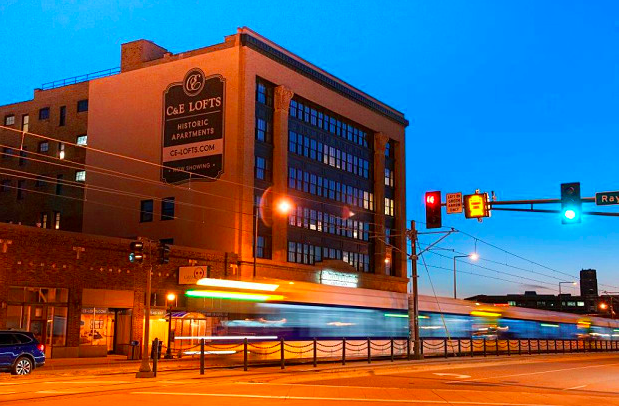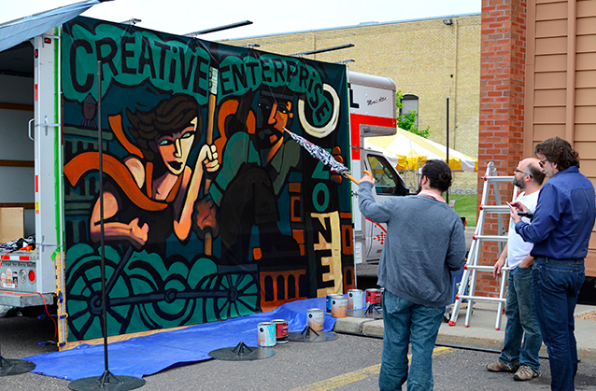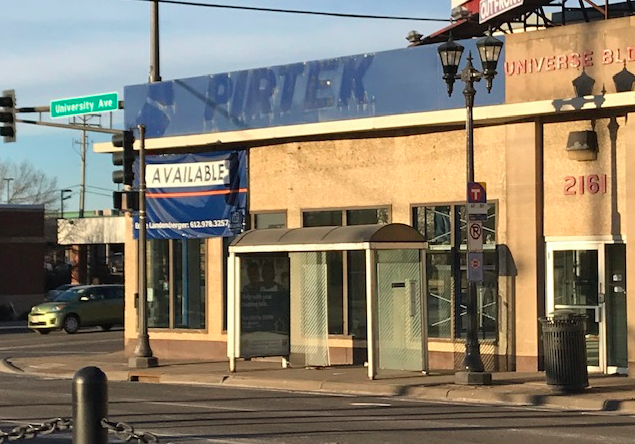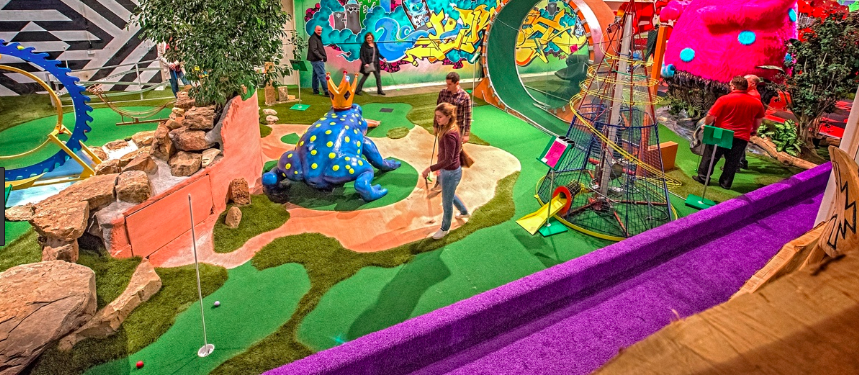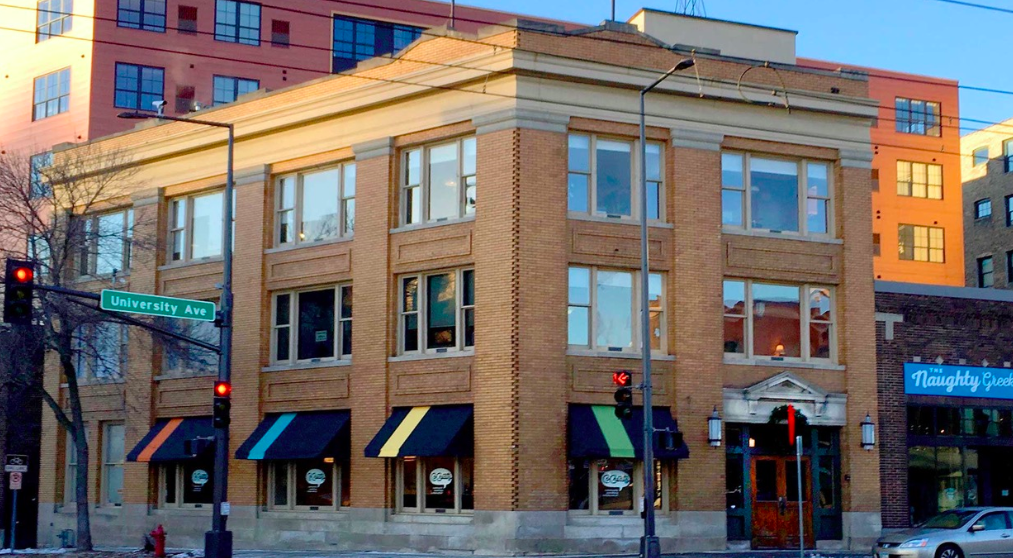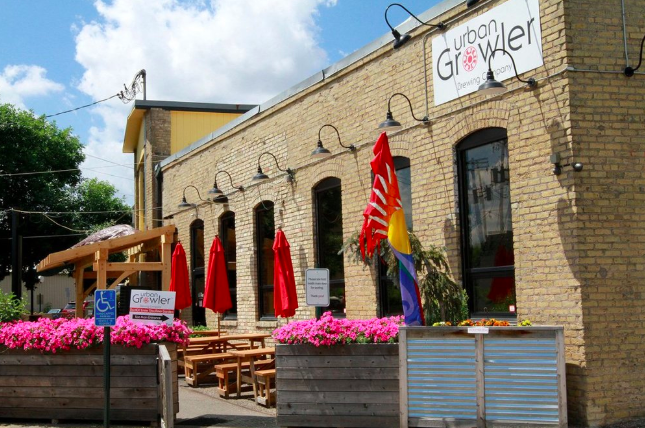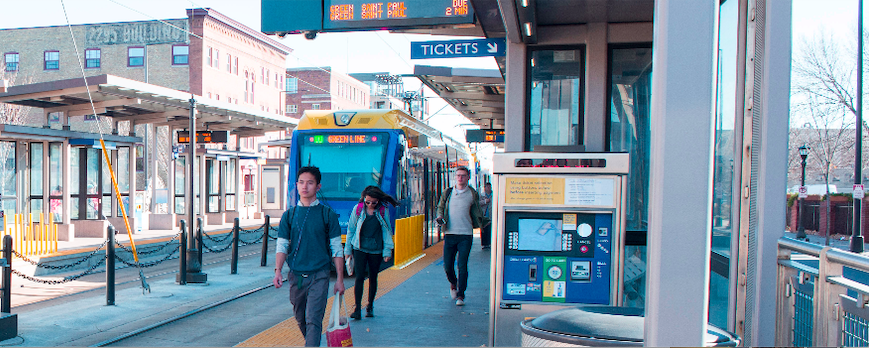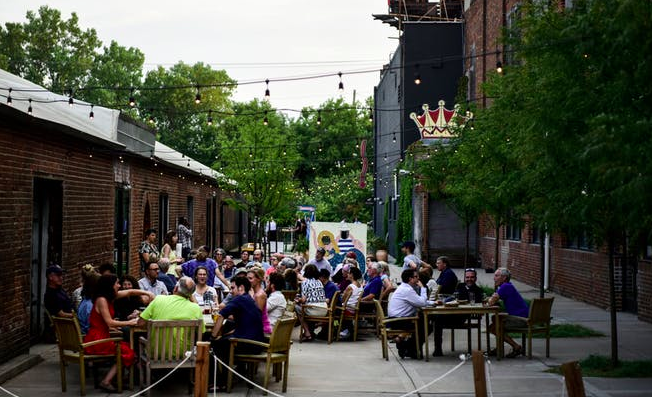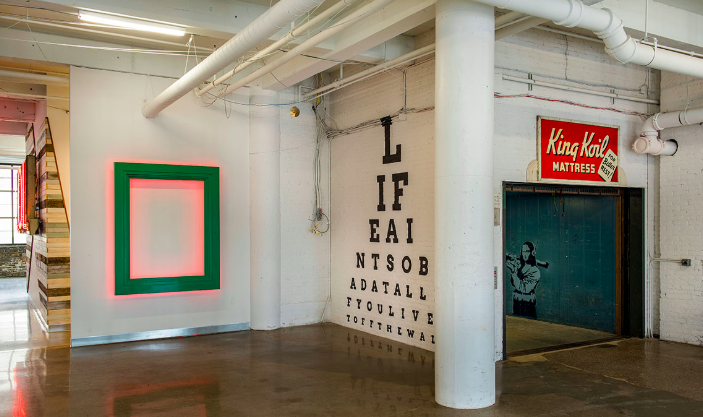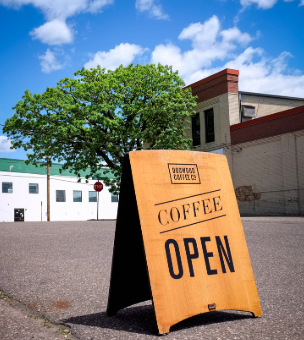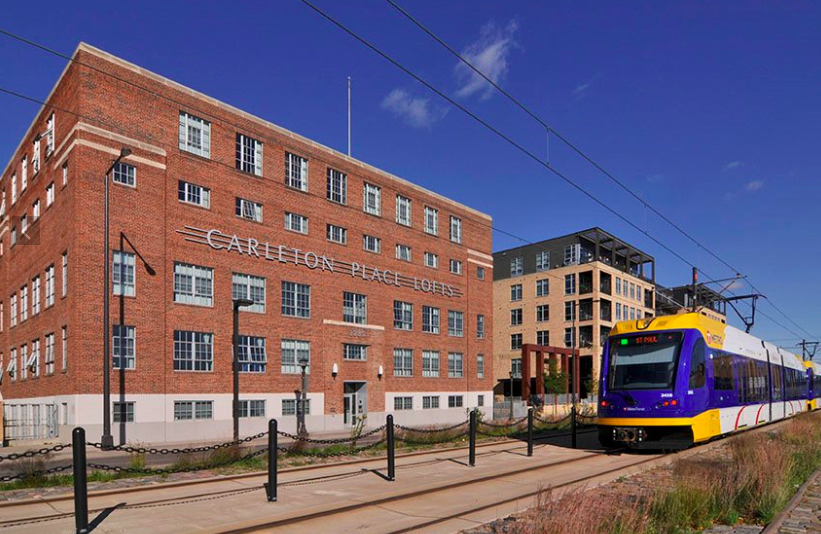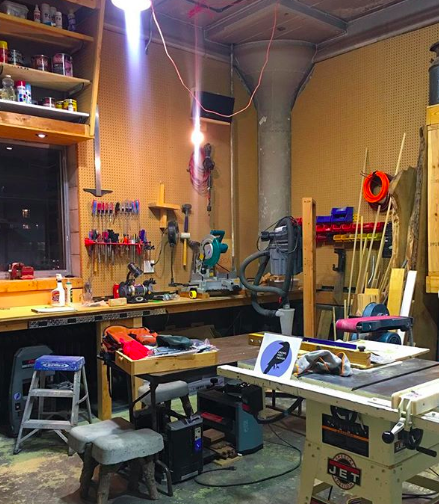Catherine Reid Day - Creative Enterprise Zone
/Imagine a Venn diagram: three overlapping shapes, one each for Production, Artistry, and Place. Where they overlap is where you find the people of St. Paul’s Creative Enterprise Zone (CEZ). One beating heart in the center of it all is Catherine Reid Day.
With a maker’s mind, Catherine came to the intersection of Raymond and University Avenues at a creative low point in her life. “I came to this neighborhood as a blocked artist,” she recalls. “I had somebody tell me, ‘If you don’t get back to your art, you are going to die.’” Catherine “stumbled onto an art teacher at the Chittenden / Eastman building. The building was filled with artists,” she says of her serendipity. “I stumbled into a studio in the Dow building. I found myself fascinated with this neighborhood.”
Dow Building
The district – midway between the downtowns of St. Paul and Minneapolis – has a storied history and, like Catherine, was in transition. Long a crossroads of transportation, freight handling, and industry, the area was readying for new public transit (Green Line Light Rail), and responding to increased demand for residential development, adjustments among small businesses, and market pressure toward gentrification.
When Catherine arrived on the scene, the neighborhood was focused on saving the historic district’s character and manufacturing grit (and accompanying jobs) while generating an eclectic new mix of art and industry. “It’s not just about saving studios,” offered St. Anthony Park Community Council member, Amy Sparks, “it’s about preserving this creative node.”
The challenge was economic, aesthetic, and procedural: How best to preserve a vibrant commercial district that could foster new products and producers, and distinguish it from other neighborhoods in MSP? External forces precipitated a renewed focus: “The Chittenden / Eastman building went into foreclosure, was sold, and the artists there had to leave,” Catherine says, “and that was the impetus for the Creative Enterprise Zone: We started to organize; we hired a consultant; neighbors got inspired to grow the community; we put a brand on the street and let others know ‘We Are Here’.”
WestRock Paper Recycling and Packaging
With experience in storytelling and fundraising, Catherine got to work connecting artists, manufacturers, small business owners, neighborhood activists, budding entrepreneurs and city government. Door knocking established personal connections and invited neighbors to CEZ-convened conversations. Together, stakeholders imagined public art, a town square, pop-up shops, wayfinding, a bikeway, and “layers of work spaces and living spaces.” “We were agreeing to try something new here,” Catherine says, “to communicate a spirit of innovation and experimentation, and turn unconventional buildings into unconventional businesses.”
To stoke interest and outside investment, Catherine and her colleagues began marketing the benefits of a place where people could make their living by their creative capacities. They hosted a billboard campaign in the neighborhood (“Make It Here”), they publicized their efforts through local media, they created a lively promotional video, they applied for grants, and they began hosting visibility-raising events.
The 2009 designation of the area as a “Creative Enterprise Zone” meant the group, a 501 (c) 3, could operate as a non-profit, govern themselves, and act as a fiscal agent to make things happen. “We have plans to include housing differently here, jobs differently, and to use space differently,” says Catherine, who currently serves as Chair of CEZ’s Board of Directors. “It’s an old idea – having industry, housing, transit, and a creative workforce all together in one place. We also emphasize equity, economic justice, and environmental integrity. If we can create jobs here, we will draw people here.”
“Enterprise and creativity go hand in hand,” Catherine continues. The vision for the CEZ is to retain as many of the existing industrial uses as possible while enhancing the tableau with new, iterative industries. Long standing businesses include: WestRock paper manufacturing and packaging; Bro-Tex customized towels and wipers, “since 1923”; and the Pirtek Hydraulic Hose Building, which is under new ownership and renovation. New arrivals include Midwest Floating Islands (water and wetland purifiers made of re-purposed plastic bottles and covered in living plant material); Studio on Fire (high end printing); Podiumwear (custom designed athletic clothing); Film North (media technology); and Urban Growler (craft beer). Artists pepper the corridor with studio space for Taiko drumming, modern dance, ceramics, glasswork, carpentry, landscape design, photography, architecture, and costume arts. There is even an artist-designed, putt-putt golf course inside the original American Can Factory (now Can Can Wonderland). There is a new buzz to CEZ, and the brand is building.
According to CEZ’s 2018 Report Card, the Zone hosts more than 43,000 jobs and a bigger tax base than downtown St. Paul (https://creativeenterprisezone.org/blog/2018/7/7/mapping-our-creative-economy-a-cezreport-car). “Each new business, each new product, each new partnership increases the ‘bump factor’,” says Catherine. Restaurants and retail are expanding, and Catherine is hopeful to attract high tech, medical tech, life sciences, and other tech spinoffs to the area. “We define ‘creativity’ really broadly here,” she adds. CEZ is intent on owning real estate here, as well, so they can contain rents, protect creators, support start-ups, and shape the area’s overall development.
TU Dance
What’s next for Catherine and CEZ? “The Chroma Zone Mural Festival happens September 7-14, 2019,” she says, where 10 new, original murals will be unveiled. “And, we hope to host a symposium with London Mayor, Sadiq Kahn.” Kahn champions Enterprise Zones and offers grants to neighborhoods throughout London to prototype and innovate. “We will invite planners and policy makers from St. Paul and around the state” to learn from Kahn, Catherine says. “We will convene a conversation on opportunity zones and their importance for economic growth and identity.”
Catherine’s dynamic maker-self has emerged radiant and powerful. No longer an unfulfilled artist, she credits the Creative Enterprise Zone with tapping her inner strengths early and offering her an opportunity to collaborate and lead strong. “This is about city making,” she says. “It’s not an ‘I’ thing, it’s a ‘We’ thing. When you bring people together who have imagination, you create imagination. And that bodes well for our city’s economic future.”
Vandalia Tower - First & First, Creative Enterprise Zone
For more information:
https://creativeenterprisezone.org/
Photo credits: Tracy Nordstrom, Creative Enterprise Zone, TU Dance, Can Can Wonderland, Star-Tribune, Plan Force Group, Carleton Lofts, First & First
